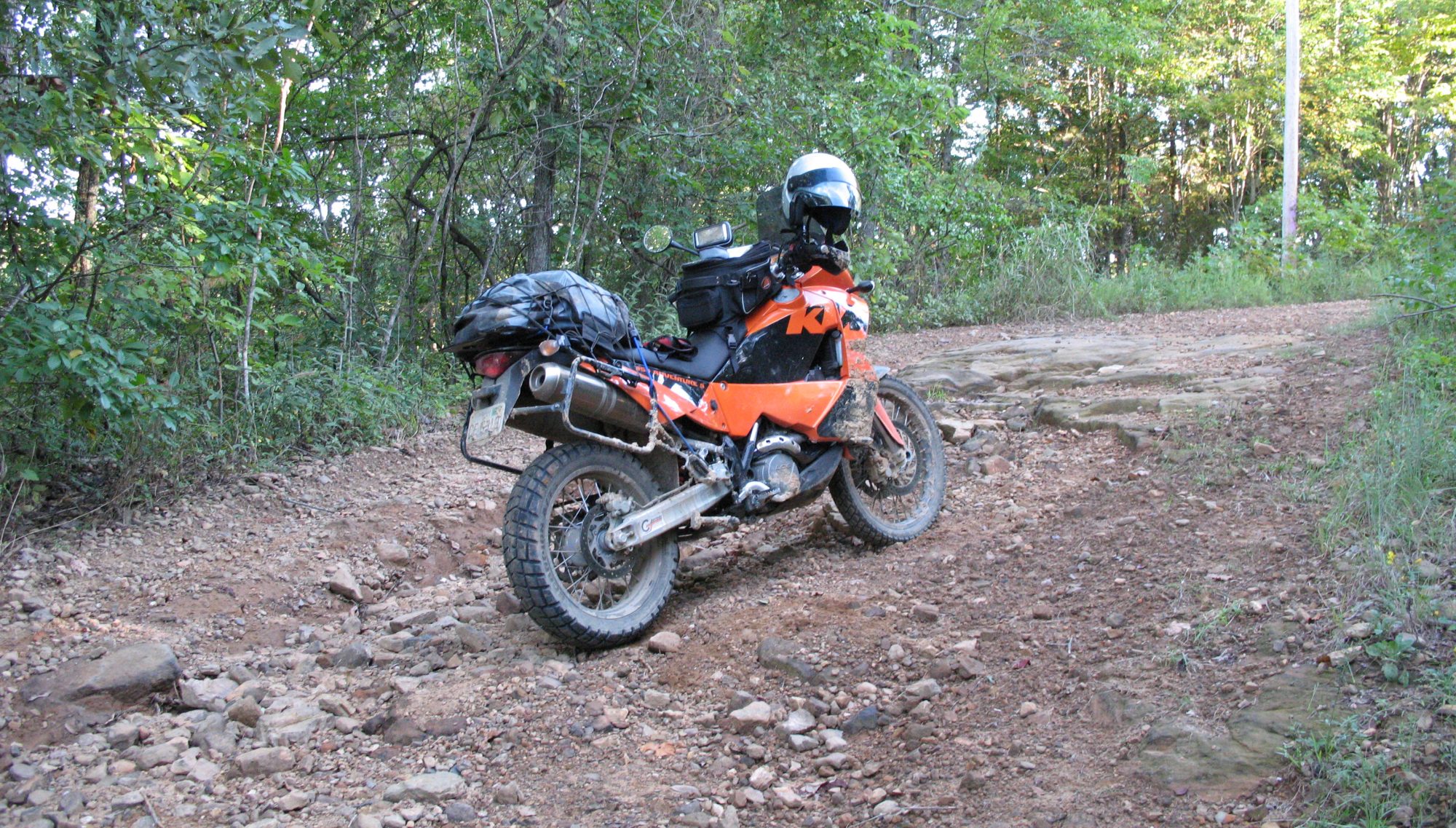I just received some 3/16″ black neoprene rubber to be turned into a front fender mudflap. There are aftermarket fender extensions available, but there are a number of reports of cracked rear fenders after the extensions were installed. Some folks surmise that the extensions are catching too much wind and putting more pressure on the fender mounting points than they were designed to take. I’m going to make a fairly flexible rubber mudflap that won’t catch too much wind but will be curved enough to help hold at least part of it’s shape while moving. It should keep mud and road debris off the lower cowling and for a lot less money than the other extensions.
Also, a late addition to my over-the-road-toolkit is a Pocket Tire Plugger by Stop-N-Go. It’s a very compact kit that allows you to patch a hole in a tubeless tire without removing it from the wheel or even removing the wheel from the bike. Since two of the primary three reasons for being stranded on a bike are a flat tire or a dead battery, I’ve done what I can to cut those risks down. Now, I can patch a flat tire and pump it up using the Cyclepump Adventure 12v pump. The battery meter will help me to ensure the battery and charging systems are in good shape and hopefully to spot a problem before it turns a ride into a hike.
The third one is running out of fuel, and the Goldwing has a pretty hard to miss fuel gauge, so I can’t blame running out of gas on anyone but myself – and since I don’t intend to push the Goldwing around I WILL be watching.
